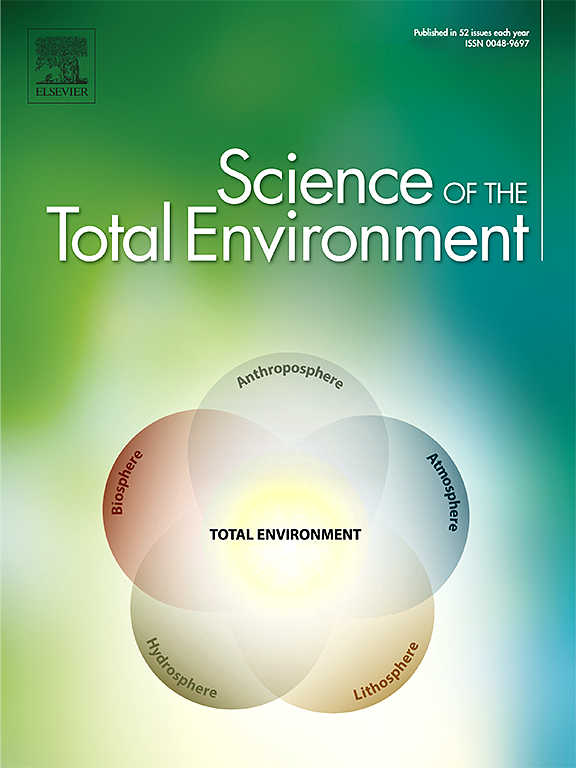Imidacloprid and amitraz differentially alter antioxidant enzymes in honeybee (Apis mellifera) hemocytes when exposed to microbial pathogen-associated molecular patterns
IF 8.2
1区 环境科学与生态学
Q1 ENVIRONMENTAL SCIENCES
引用次数: 0
Abstract
Honeybees (Apis mellifera) are increasingly exposed to pesticides and microbial stressors, yet their combined effects on immune defenses remain unclear. Exposure to the neonicotinoid imidacloprid and the acaricide amitraz, alone and in combination, alters antioxidant enzyme activity in hemocytes when challenged with bacterial components such as lipopolysaccharide and peptidoglycan or the fungal-derived molecule zymosan A. The combination of pesticides with zymosan A synergistically suppresses superoxide dismutase and glutathione-S-transferase activity, while catalase activity remains unchanged. In contrast, lipopolysaccharide counteracts pesticide-induced oxidative stress, suggesting immune-pathway-specific modulation. The heightened vulnerability of honeybees to fungal-associated immune challenges in pesticide-contaminated environments compromises their ability to detoxify harmful substances and respond to infections. Such approaches that include comparison of different microbial interactions, pesticide cocktails, and immunity are needed. Understanding these interactions is essential for improving pesticide regulations and pollinator conservation efforts in the face of increasing environmental stressors.

求助全文
约1分钟内获得全文
求助全文
来源期刊

Science of the Total Environment
环境科学-环境科学
CiteScore
17.60
自引率
10.20%
发文量
8726
审稿时长
2.4 months
期刊介绍:
The Science of the Total Environment is an international journal dedicated to scientific research on the environment and its interaction with humanity. It covers a wide range of disciplines and seeks to publish innovative, hypothesis-driven, and impactful research that explores the entire environment, including the atmosphere, lithosphere, hydrosphere, biosphere, and anthroposphere.
The journal's updated Aims & Scope emphasizes the importance of interdisciplinary environmental research with broad impact. Priority is given to studies that advance fundamental understanding and explore the interconnectedness of multiple environmental spheres. Field studies are preferred, while laboratory experiments must demonstrate significant methodological advancements or mechanistic insights with direct relevance to the environment.
 求助内容:
求助内容: 应助结果提醒方式:
应助结果提醒方式:


